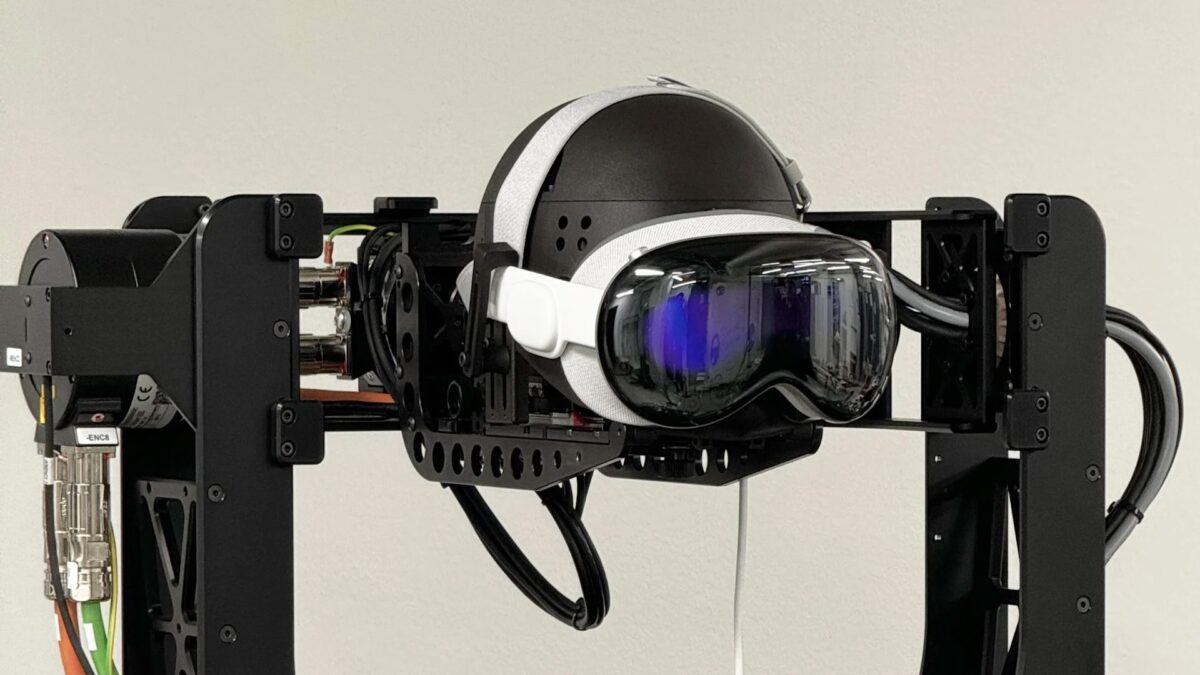Optofidelity measured the passthrough latency of Quest 3 & Vision Pro

Optofidelity has measured the passthrough latency of several mixed reality headsets, including Quest 3 and Vision Pro.
Optofidelity is a company that specializes in building test and measurement systems for the optical performance of VR and AR headsets.
The company recently measured and published the passthrough photon-to-photon latency of four current mixed reality headsets: Meta Quest 3, Meta Quest Pro, Apple Vision Pro, and HTC Vive XR Elite. The results are shown on the chart below.

Optofidelity's measurement of minimum latency. The lower the value, the better. | Image: Optofidelity
Apple Vision Pro has by far the lowest latency at about 11 milliseconds. This is about the same as Apple's stated value of 12 milliseconds. The other headsets are far behind, with latencies of 35 to 40 milliseconds.
Note that Optofidelity used the minimum value of latency and not the average or median.
The photon-to-photon latency of passthrough refers to the time it takes for an optical change in the world to reach the retina of the headset user. In mixed reality headsets, the environment is first captured by cameras, then digitally reconstructed by algorithms, and finally, displayed on the screens. The fact that all this happens in a hundredth of a second is pretty impressive!
Optofidelity used a device (see article image) that measures the time difference between the illumination of an LED light signal and the light hitting a 100 kHz backlight sensor.
Low latency prevents nausea and is also important for safety. Vision Pro has set the bar very high for low latency. However, natural vision has many other important visual parameters that mixed reality headsets must meet, such as resolution and color fidelity, and there's still a long way to go.
You can find more details on the measurement method in Optofidelity's article.
Note: Links to online stores in articles can be so-called affiliate links. If you buy through this link, MIXED receives a commission from the provider. For you the price does not change.